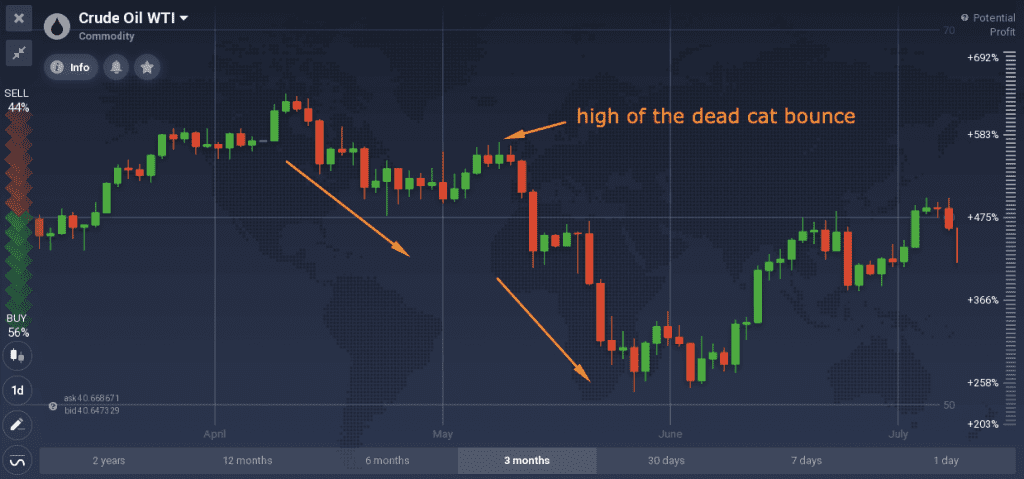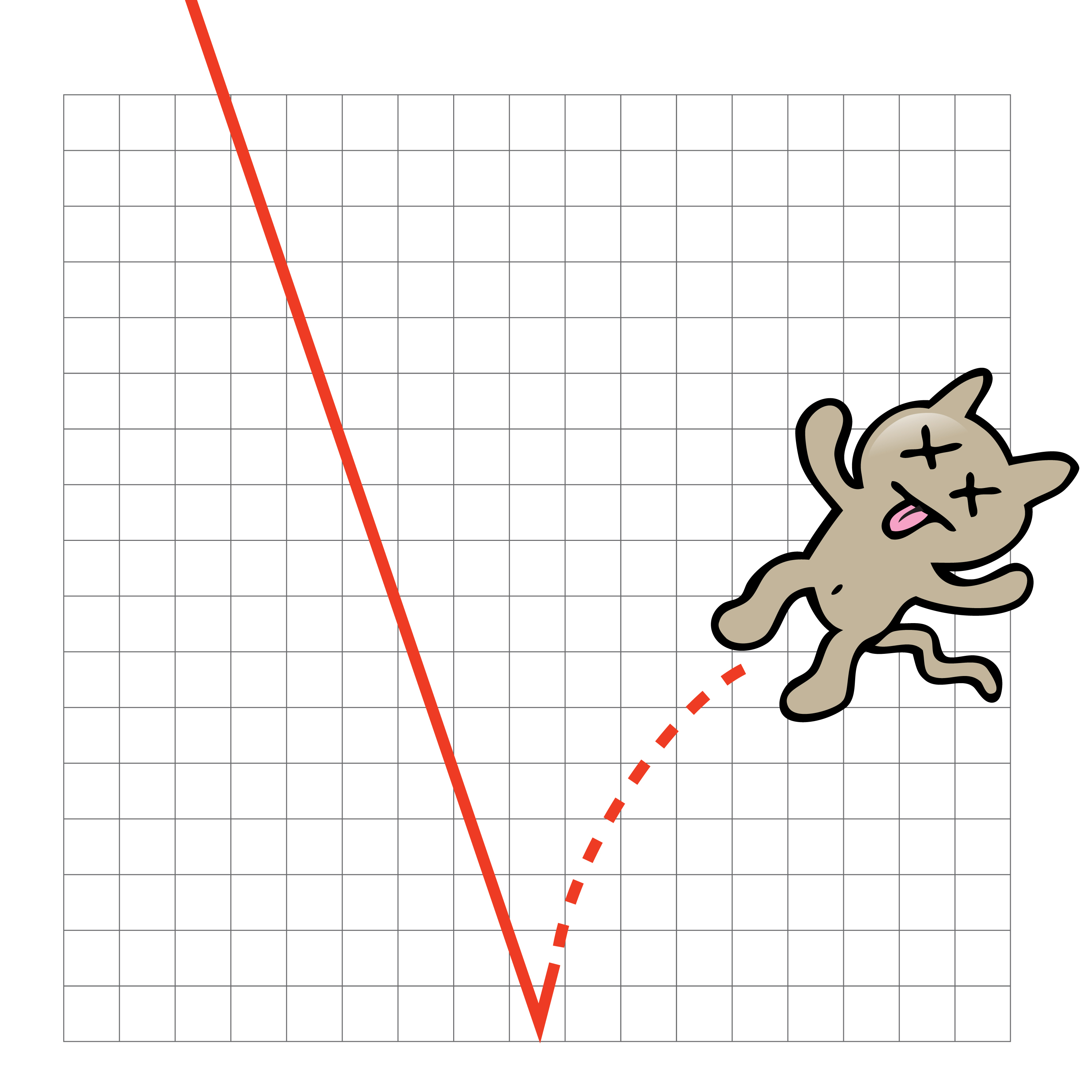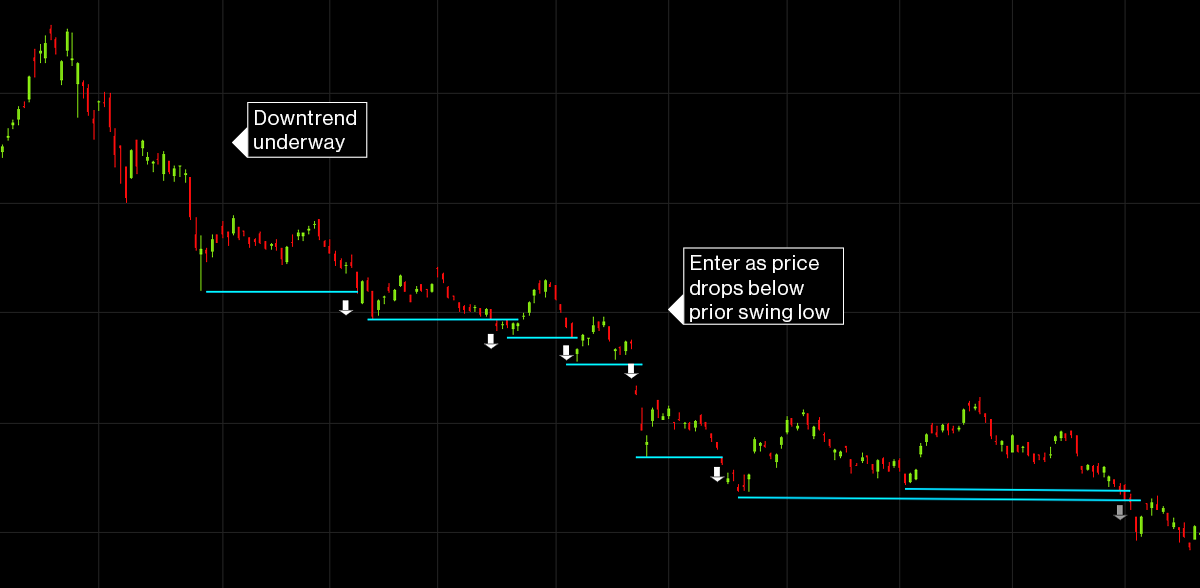Table of Contents
- Super Wednesday…The Fun Never Stops
- Dead Cat Bounce: How long does it last? - Phemex Academy
- Dead Cat Bounce: The Best Secrets - PatternsWizard
- DEAD CAT BOUNCE - YouTube
- รูปแบบ Dead cat bounce
- What Is A Dead Cat Bounce Pattern In Forex? | Phantom Trading
- Dead Cat Bounce Erklärung & Bedeutung (2025)
- How to Trade With the Dead Cat Bounce Pattern - IQ Option Broker ...
- What is a Dead Cat Bounce & How Do You Trade It? | CMC Markets
- What is a Dead Cat Bounce & How Do You Trade It? | CMC Markets



1. Dead Cat Bounce



2. Tariff
A tariff is a tax imposed by a government on imported goods and services. In the context of the trade war, tariffs have been a major point of contention between countries. The imposition of tariffs can increase the cost of imported goods, leading to higher prices for consumers and potentially harming businesses that rely on international trade.
3. Trade Deficit
A trade deficit occurs when a country imports more goods and services than it exports. The trade war has highlighted the issue of trade deficits, with some countries seeking to reduce their deficits by imposing tariffs and other trade restrictions. However, trade deficits can also be a sign of a strong economy, as they indicate that a country is consuming more goods and services than it produces.
4. Quantitative Easing
Quantitative easing is a monetary policy tool used by central banks to stimulate the economy by injecting liquidity into the financial system. In the context of the trade war, quantitative easing can be used to mitigate the effects of trade tensions on the economy. By buying government bonds and other securities, central banks can increase the money supply and reduce interest rates, making it easier for businesses and individuals to borrow money.
5. Currency War
A currency war occurs when countries intentionally devalue their currencies to gain a competitive advantage in international trade. In the context of the trade war, a currency war can be a consequence of trade tensions, as countries seek to make their exports more competitive by weakening their currencies. However, a currency war can also lead to inflation and higher prices for consumers.6. Safe-Haven Asset
A safe-haven asset is an investment that is considered to be a low-risk and stable store of value during times of economic uncertainty. In the context of the trade war, safe-haven assets such as gold, bonds, and the US dollar have seen increased demand as investors seek to protect their wealth from the volatility caused by trade tensions. In conclusion, understanding the terminology of the trade war is crucial for navigating the market and making informed investment decisions. From dead cat bounces to safe-haven assets, these six terms can help you make sense of the complex and ever-changing landscape of international trade. By staying informed and up-to-date on the latest developments, you can better position yourself to weather the storms of the trade war and capitalize on emerging opportunities.Keyword density:
- Trade war: 1.2%
- Dead cat bounce: 0.8%
- Tariff: 0.5%
- Trade deficit: 0.5%
- Quantitative easing: 0.3%
- Currency war: 0.3%
- Safe-haven asset: 0.3%
Meta description: Learn about the key terms related to the trade war, including dead cat bounce, tariff, trade deficit, quantitative easing, currency war, and safe-haven asset. Understand the market and make informed investment decisions.
